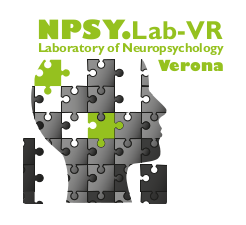Authors: Gianna Cocchini, Michele Scandola, Valeria Gobbetto, Maria Cristina Cioffi, Angela Bartolo, James Moore, and Valentina Moro
Objectives
Anosognosic patients show a lack of awareness for their hemiplegia coupled with a distorted sense of agency for the actions performed by the plegic limbs. Since anosognosia is often associated with right brain damage, this hemisphere seems to play a dominant role in monitoring awareness for motor actions. Therefore, we would expect that anosognosic patients show distorted awareness and sense of agency also for actions performed with the unimpaired limb.
Method
To test this hypothesis, we induced illusory actions that could be congruent or incongruent with a preceding verbal command. A group of 16 right brain-damaged patients performed this task and then rated i) their ability to anticipate the actions, ii) their sense of agency and iii) their sense of ownership for each limb. Measures of awareness, neglect and motor impairment were also considered for the patient group.
Results
Following incongruent actions with the unimpaired limb, less aware patients showed a relatively mild distortion in all three aspects. In addition, we also found a crucial relationship between motor impairment (for the plegic limb) and sense of agency for both plegic and healthy limbs.
Conclusion
Although the distortion linked to both limbs supports the initial hypothesis that the right hemisphere is responsible for monitoring awareness for action for the whole body, our data also suggest that the observed distortion may be linked to a motor compensatory phenomenon, not necessarily related to awareness processes.
